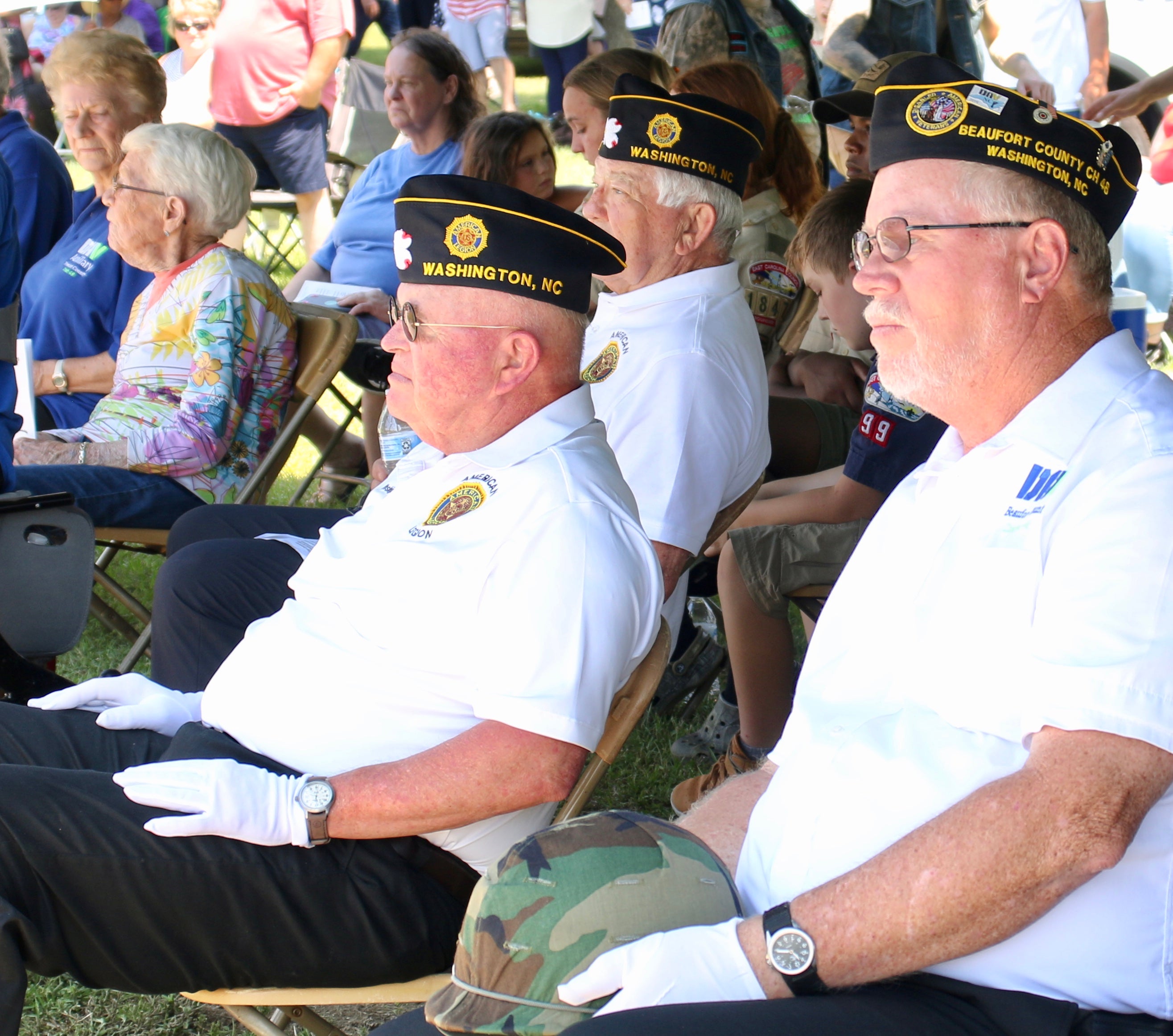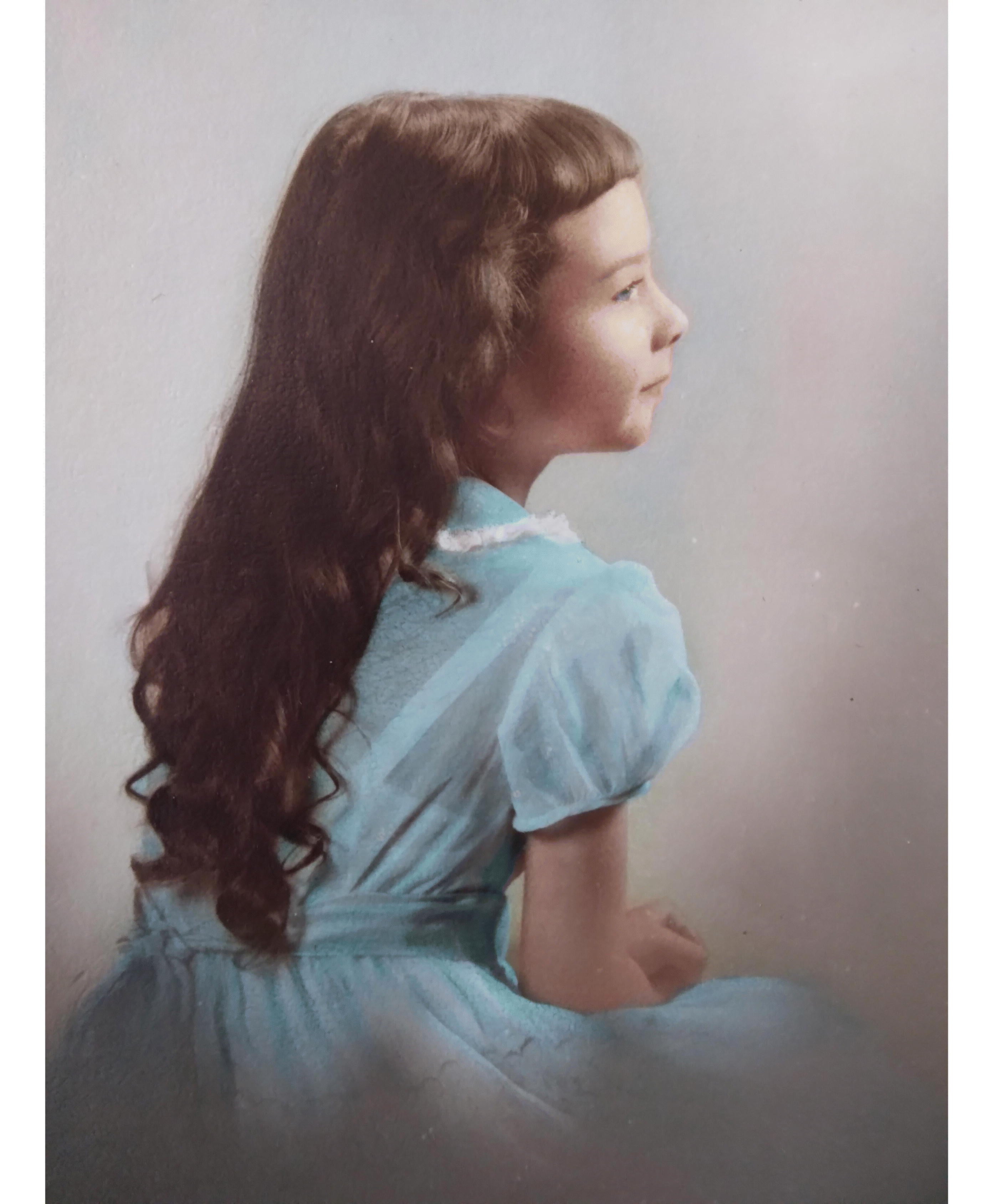State recognized a Secotan connection
Published 7:29 am Thursday, November 25, 2010
By By JONATHAN CLAYBORNE
jonathan@wdnweb.com
Staff Writer
In a 1986 memorandum, a state official acknowledged corporate-owned land at Bath’s Beasley Point could be connected to a lost Indian village made famous in a series of watercolors painted by English gentleman-explorer John White.
In the memo, dated May 14, 1986, Wilson Angley of the research branch of the N.C. Department of Cultural Resources penned his — or the state’s — findings to Billy Oliver of the archaeology branch.
Angley wrote about archaeological work that had been performed on the waterside property, then owned by Texasgulf Chemical Co.
The work was undertaken ahead of a bulkheading project permitted to prevent further erosion of the land by Bath Creek.
Angley wrote that “preliminary research” led to the conclusion this land “may hold a rich potential for more thorough investigations in the future.”
“The presence of certain fragments, projectile points, and other artifacts of the Late Woodland period indicate that a major (Algonquian) Indian village may long have existed on the land at the time of Sir Walter Raleigh’s ill-fated attempts to plant an English colony on Roanoke Island,” the memo reads. “This village lay within the vast domain of the Secotan tribe, which controlled the area now comprising much of Beaufort, Dare, Hyde, Tyrrell and Washington counties. There is (the) further possibility that it was one of the several (Algonquian) villages visited by the Roanoke colonists and depicted in the drawings of John White. The location of a village in this general area was clearly recorded on contemporary maps of the period.”
Angley concluded more investigation of the property “might well establish the identity of this settlement and shed light on the interaction between the (Algonquians) and the colonists of Roanoke Island at the time of initial contact.”
He cautioned Oliver the memo was not intended to be “a comprehensive report,” and he offered to supply citations for his documentation.
Angley’s words mirror declarations in the summary of a March 1987 archaeological survey prepared for the U.S. Army Corps of Engineers, a permitting agency on the bulkheading project.
The full report and summary were credited to contractors MAAR Associates of Newark, Del.
In the summary, the authors of “the MAAR report” wrote their investigation “resulted in the conclusion that the cultural resources of this site are culturally significant and that the site has the potential to be declared eligible for the National Register of Historic Places. The recommendation of significance and nomination potential applies to both the prehistoric (Indian) and historic components.”
Since Angley’s memo was written, no further archaeological investigation has taken place on the land, which is now owned by PotashCorp, a Canadian phosphate-mining company that has a facility in Aurora.
A recently hatched coalition of local, state and regional historians, archaeologists, economic developers and others say Beasley Point is the most likely candidate for the Secotan Indian village painted by White. Members of this coalition contend digging into the property could help solve a number of mysteries related to the “contact” period when the English first encountered Indians in North Carolina’s coastal areas.
The combination of parties interested in the search for Secotan includes the nonprofit First Colony Foundation, which has been partly responsible for groundbreaking archaeology on Roanoke Island, and the Secotan 1585 committee that has grown out of the nonprofit Beaufort County Committee of 100.
Tom Thompson, Beaufort County’s chief economic developer, has reported First Colony and its partners are working to develop an archaeological plan for Beasley Point.
PotashCorp has signaled its willingness to cooperate in that venture, with certain caveats, among them a call for collecting data on other archaeological sites along the Pamlico River and its tributaries.
In an interview this week, Steve Claggett, state archaeologist, confirmed his conviction that Beasley Point warrants further investigation.
“We made that suggestion to several people when we first got engaged down there,” Claggett said, recalling the state’s involvement in the 1985-1986 investigation.
“At the time, there were other discussions being tossed around separate from the then-Texasgulf bulkheading project,” he pointed out.
Those discussions covered the potential for expanding the efforts begun at Beasley Point to points farther up Bath Creek, according to Claggett.
“Our concern then was with what we knew or suspected about the area and the idea of preserving it, about the archaeology,” he said. “In one sense, the present situation with the sites there is good because Potash has been a good steward. Nothing’s happened to the land one way or the other, so the archaeology’s been basically safe, which is good.”
Taking on the search for Secotan is no easy task, he indicated.
“It’s not going to be a one-shot deal,” Claggett said. “It would take a lot of time and money and resources. Obviously, it would be worth pursuing.”
Claggett was asked about the cellar wall or remains of a 20-by-15-foot, colonial-era brick building that once stood on Beasley Point. The remnants of the structure, present in the late 1980s, no longer exist, according to area residents.
Raleigh researcher Kevin Duffus has concluded the foundation might have been among the oldest building remains in North Carolina.
MAAR helped the state document a brick foundation, which could be called a cellar wall, Claggett related.
“Once it was documented, it presumably went away during the bulkhead construction,” he said.
Claggett was asked what had been lost as a result of the bulkheading.
“That was the whole point of the excavation that was done out there was to recover materials and keep them safe, which has happened,” he replied. “Other things have gone on before or maybe since which no one’s had much control over.”
The reportedly has in its possession in excess of 3,000 artifacts taken from the site. Claggett said these artifacts are available for inspection by appointment.
As for the future, Claggett left no doubt that taking on the Secotan search is worthwhile, whether this important village was located at Beasley Point or somewhere else.
“Historically and archaeologically, certainly identifying and really being able to study any one of those sites would be a fantastic opportunity,” he said. “In that case, the Secotan location, whether it was a single village or a series of villages, to be able to investigate and get the mystery would be in and of itself a tremendous benefit to North Carolina history. Being able to absolutely, positively prove that any one of those sites is any one of those villages — that’s a tall order.”



